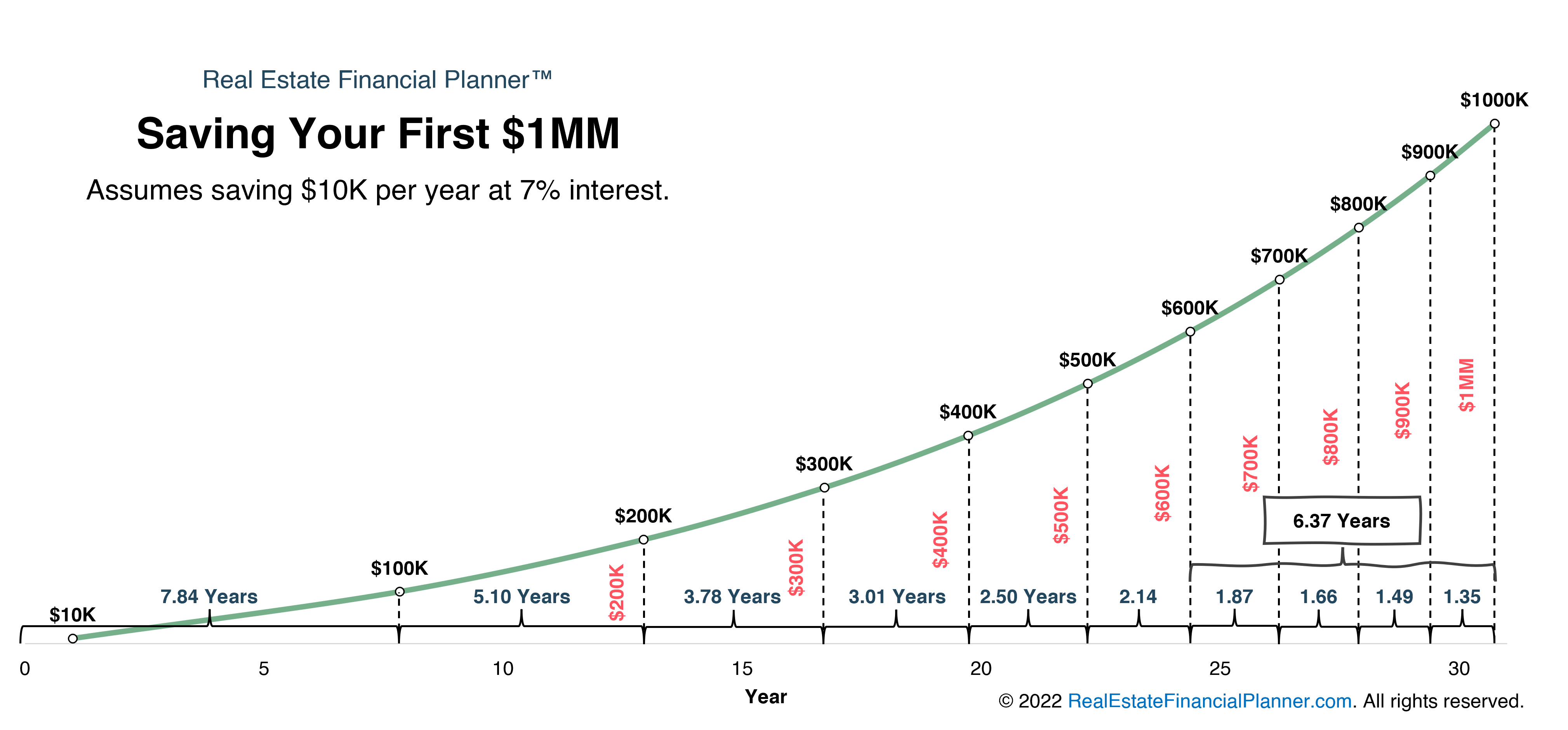How Much Interest Does 1 Million Dollars Make

Millions sit idle while inflation bites. Understanding potential returns on a million dollars is now crucial for wealth preservation and growth.
This article dissects the interest a $1 million investment can generate across various avenues, from high-yield savings accounts to bonds and dividend stocks. We present a clear snapshot of earning potential in today's volatile market, empowering readers to make informed financial decisions.
High-Yield Savings Accounts: Stability vs. Growth
High-yield savings accounts (HYSAs) offer a safe haven for your money. Currently, top-tier HYSAs hover around a 5% annual percentage yield (APY).
This means a $1 million deposit could generate approximately $50,000 in interest annually. This is a stable, low-risk option, perfect for preserving capital.
Certificates of Deposit (CDs): Locking in Rates
Certificates of Deposit (CDs) provide fixed interest rates for a specific term. Rates can fluctuate based on the term length and the issuing bank.
A 1-year CD might offer a slightly higher rate than a HYSA, perhaps around 5.25%, yielding $52,500 on a million. Longer-term CDs may offer even higher rates, but they also tie up your funds for an extended period.
Bonds: Navigating Fixed Income
Investing in bonds, whether corporate or government, presents another avenue for generating interest. Yields vary significantly depending on the bond's credit rating and maturity date.
A diversified bond portfolio with an average yield of 4% could generate $40,000 annually on a $1 million investment. Remember, bond prices and yields have an inverse relationship.
Dividend Stocks: Potential for Growth and Income
Dividend stocks offer the potential for both capital appreciation and income. The average dividend yield of the S&P 500 is around 1.5%, but individual stocks can offer much higher yields.
Building a portfolio of dividend stocks with an average yield of 3% could generate $30,000 per year. However, dividends are not guaranteed and stock prices can fluctuate.
Real Estate Investment Trusts (REITs): Investing in Property Income
Real Estate Investment Trusts (REITs) allow you to invest in real estate without directly owning property. REITs distribute a significant portion of their income as dividends.
Some REITs offer dividend yields ranging from 4% to 6%, potentially generating $40,000 to $60,000 annually on a $1 million investment. But REITs are sensitive to interest rate changes.
Tax Implications: A Critical Consideration
Interest income is generally taxable at your ordinary income tax rate. Dividend income may be taxed at a lower qualified dividend rate, depending on your income bracket and the type of dividend.
Consider consulting with a tax professional to understand the tax implications of your investment strategy. Strategies such as investing within tax-advantaged accounts like 401(k)s or IRAs can significantly reduce your tax burden.
Inflation: The Silent Eroder
Inflation erodes the purchasing power of your returns. It’s important to consider the real rate of return, which is the nominal interest rate minus the inflation rate.
If inflation is at 3%, a 5% interest rate only provides a real return of 2%. Diversification is key to outpace inflation over the long term.
Diversification: Spreading the Risk
Diversification is a crucial element of any investment strategy. Don’t put all your eggs in one basket.
A balanced portfolio that includes a mix of high-yield savings accounts, bonds, dividend stocks, and REITs can help you mitigate risk and maximize returns.
Financial Advisor: Seek Expert Guidance
Navigating the complexities of investing can be challenging. Consider consulting with a qualified financial advisor.
A financial advisor can help you develop a personalized investment plan that aligns with your financial goals and risk tolerance. They can offer tailored advice based on your individual circumstances.
Key Takeaways:
Interest earned on $1 million varies significantly based on investment choice. HYSAs offer stability, bonds offer fixed income, and dividend stocks provide growth potential. Tax implications and inflation must be carefully considered.
Next steps involve evaluating your risk tolerance and financial goals. Compare different investment options and seek professional financial advice to maximize your returns.


















